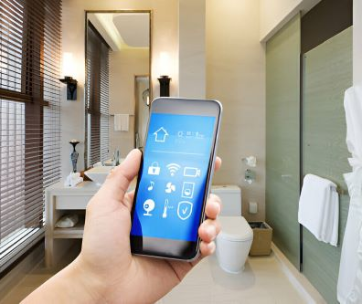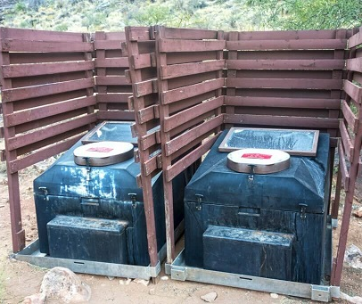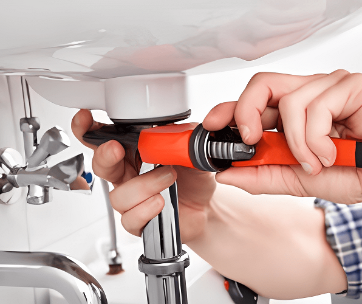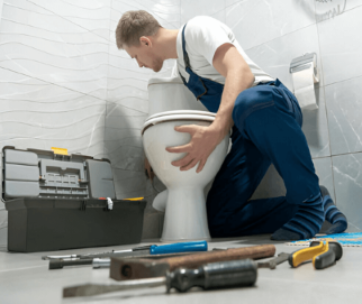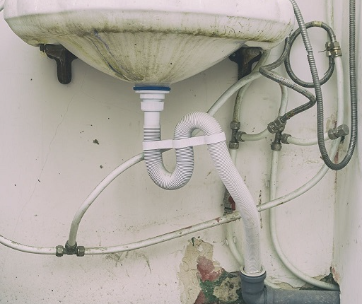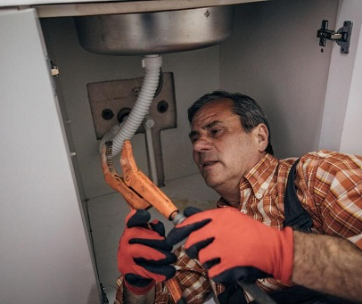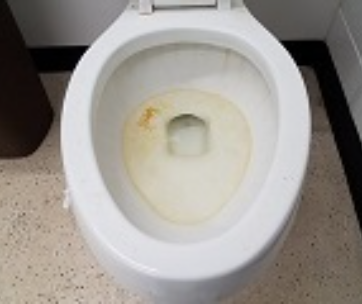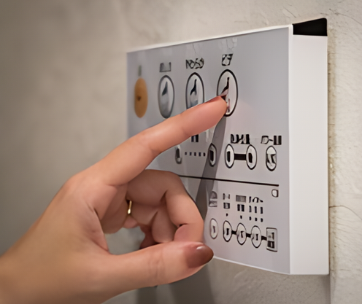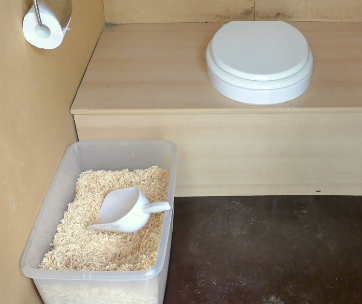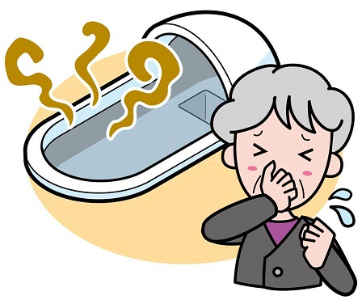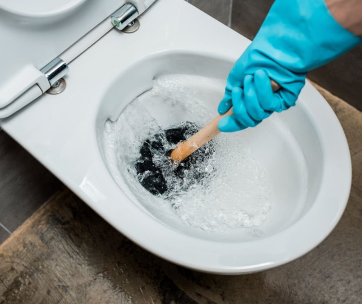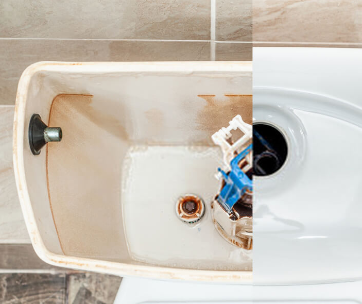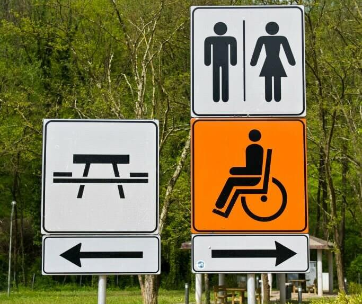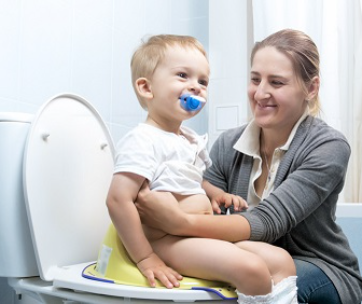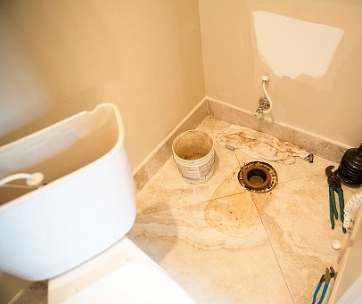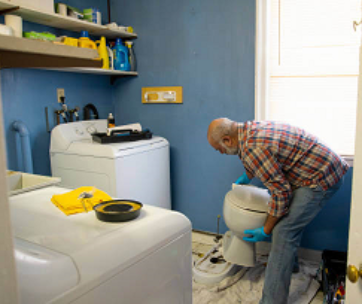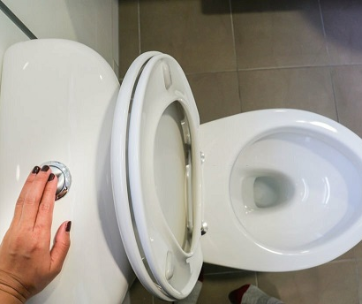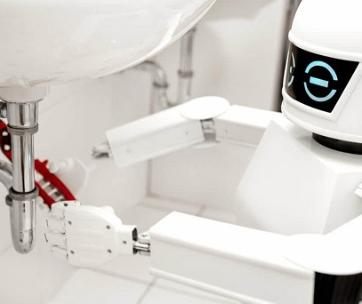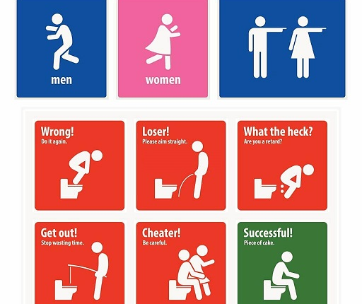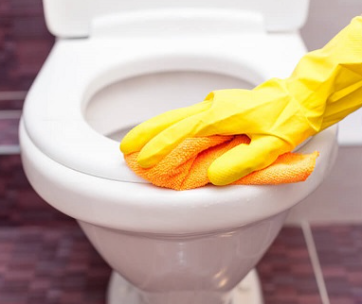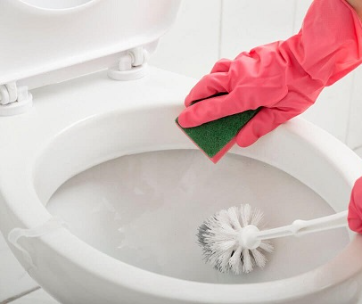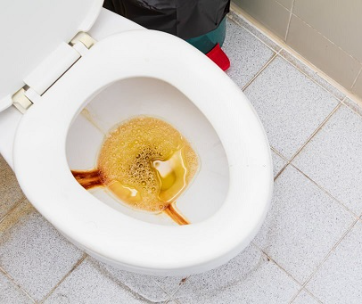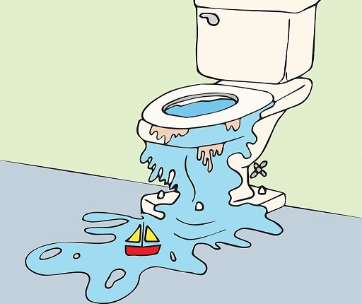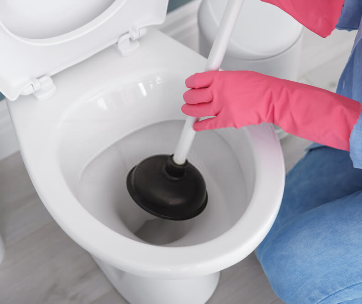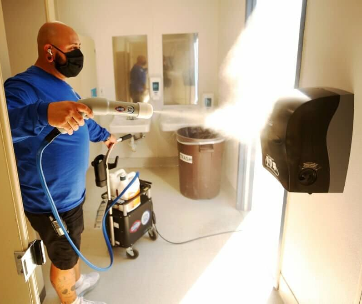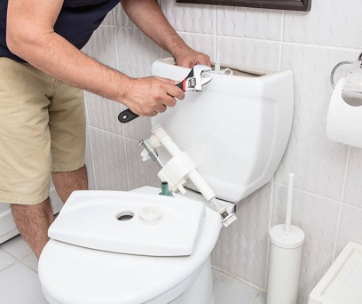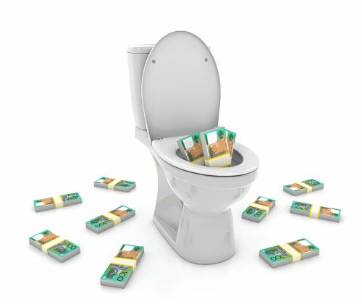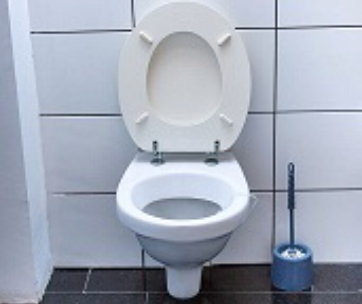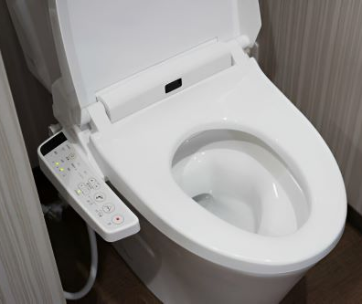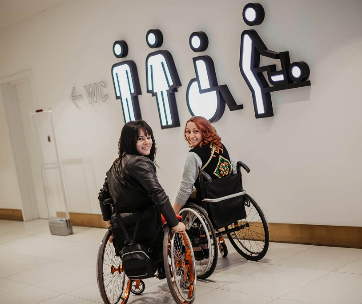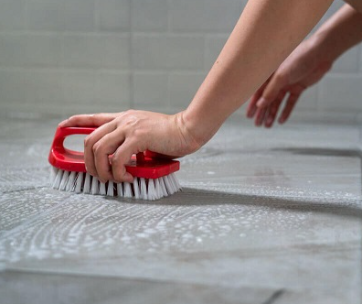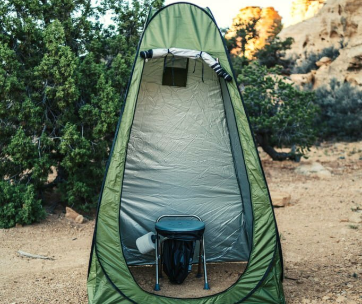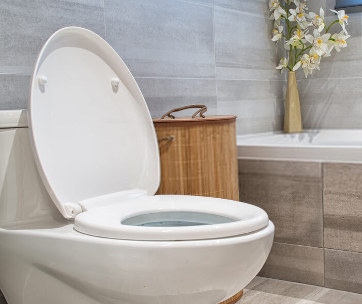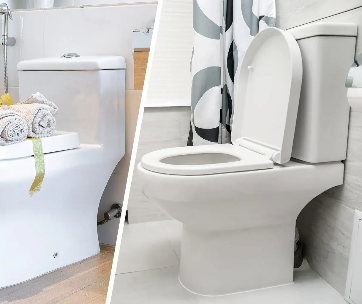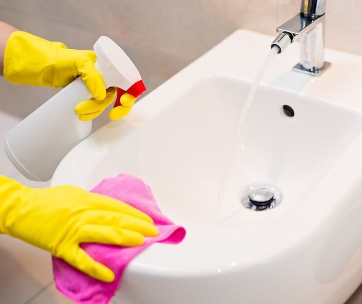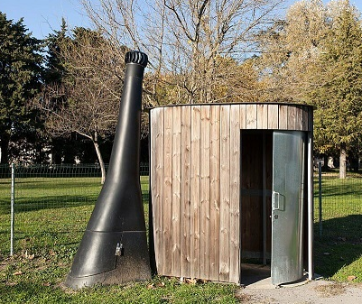Often a strange encounter for most travelers, squat toilets can be a pain to use for people used to the Western-style sitting toilet. Squat toilets range from rudimentary long-drop holes in the ground to bidet-supported ceramic options.
Chances are that you will have to use these types of toilets when visiting some African, Asian, or Muslim countries. Additionally, some public restrooms might have squat toilets and further, you may occasionally find them in a few South American and European nations.
But what is a squat toilet? you ask.
It is simply a toilet that is used by squatting with your foot on each side of the toilet, rather than sitting. Squat toilets are mostly installed at the floor level or about a foot off the ground. For the hybrid experience, pedestal toilets stand as high as sitting toilets but can only be used by squatting.
The traditional Japanese toilet or washiki toilet differs a bit from your run-of-the-mill squat toilet by including a raised hemispherical hood to one side. The hood is called a kinkakushi and is intended to obscure one’s privates and prevent urine from splashing out.
Squat toilets have survived the Western-style toilet take-over due to either tradition or their perceived benefits. In some cases, they are making a resurgence to help cater to people previously accustomed to them.
Read on to discover the positives and negatives of squat toilets…
Benefits Of Squat Toilets
The major advantages of these types of toilets over the Western-style toilet fall into three main categories – health, cost, and hygiene. Squat toilets tend to make the whole number-two business much easier to accomplish. Squatting helps build the pressure necessary for comfortable, faster, and easier bowel movements.
With regards to cost, squat toilets are relatively affordable to buy and install, unlike sitting toilets. They are super easy to clean and can be easily washed with a mop with the rest of the floor. Maintaining these toilets is child’s play and they don’t use as much space as sitting toilets.
Moreover, these types of toilets are perceived to be more hygienic as they don’t involve your butt contacting a possibly unsanitary surface.
The dreaded Poseidon’s Kiss, water splashing on the buttocks after a heavy evacuation, is unheard of when it comes to using squat toilets. Feces are emptied onto a dry shallow trough, unlike in sitting toilets where your number twos fall into a small pool of water.
The sanitary aspect arguably makes them the go-to option for public restrooms worldwide.
Health Benefits of Squat Toilets
Historically, the squatting position has always been the preferred position for working, resting, and executing bodily functions. It is no wonder that squat toilets were so widely used by most of the world’s population.
Over the years, studies have shown that these toilets greatly help reduce the risk of rectal illnesses including constipation and hemorrhoids. Additionally, squatting has been found to allow for a more natural way to do one’s business.
The squatting position helps prevent straining and relaxes the muscles that would otherwise be choking the rectum when one is doing their number twos while sitting.
In addition, the nerves controlling the bladder, uterus, and prostate stay protected while in the squatting position. Squatting itself is highly recommended for pregnant women as it prevents adding too much pressure on the uterus paving way for a more natural delivery.
In Western-style sitting toilets, the ileocecal valve between the small intestine and colon is left unsupported leading to leakages during evacuation. This is not the case when using squat toilets.
Major Drawbacks of Squat Toilets
On the flip side, squat toilets can be difficult to use for people used to sit-down toilets. Plus, these toilets are often not accessible to disabled or elderly persons. You will need to have full use and mobility of your arms and legs to successfully use a squat toilet.
Another major concern for these types of toilets is that their flushing system, or lack thereof, can be a bit unreliable. In some units, there may not be any installed flush systems or if present, the plumbing may not be built to handle toilet paper.
For beginners, clogging a squat toilet can be very easy, and having to deal with a flushing bucket can equally be quite the ordeal.
Essential Steps to Use a Squat Toilet
To use a squat toilet: you simply stand over the bowl, pull down your pants and underwear, squat over the hole, and bomb the bowl away. Simple right? Well, not quite – you must prepare yourself from home to have a hassle-free experience with these strange toilets. Additionally, no two squat toilets are alike so a little planning on your part can go a long way.
Preparations at Home
When traveling to countries where squat toilets are the norm, you need to pack a few essentials and most importantly, ready your mindset for the experience. If possible, you can try preventative peeing that is peeing just before going out to lower to hopefully skip having to use a squat toilet altogether.
In most squat toilets, some of the amenities you would find in a typical Western-style restroom are simply not present. You want to pack a roll of toilet paper, a light backpack, and possibly a few coins for public restrooms.
In some cultures, people don’t use toilet paper and instead use bidets, a hose, or just a bucket of water to clean up. Additionally, you may have to pay to get a few sheets of toilet paper or it may not be stocked in the toilet at the time.
So, be sure to pack a roll in your backpack before heading out. A backpack or roomy handbag should be perfect for stashing away your phone, coat and other items that might hinder your usage of the squat toilet.
Keep in mind that these toilets will rarely have coat hooks on the door or wall for hanging your clothing items. Trust us – you don’t want anything getting in the way when using a squat toilet.
Further, the floor is often dirty or wet in most squat toilets so a daypack is an ideal solution to keep your stuff. Other optional items you could carry include a Ziploc bag, hand sanitizer, and a pack of wet wipes.
For toilets that don’t flush down toilet paper, a trash can may be available in the toilet for tossing in used toilet paper. However, you may want to use a Ziploc bag instead, which you can then throw in the trash can.
Wet wipes and hand sanitizer will come in handy for washing your hands since the toilets will most likely only have a washbasin for handwashing.
Ideally, you want to target clean restrooms so be sure to plan your route accordingly.
Having your pit stops in big cities will give you access to international hotels, shopping malls, and upscale restaurants. These establishments often have clean washrooms with a few basic amenities including soap, toilet paper, towels, and hopefully Western toilets.
If possible, you want to avoid bathrooms in street-side public restrooms, large outdoor markets, and high-traffic tourist areas. Here, the toilets will most likely be poorly maintained and the queues will be much longer.
More on Toilet “Scouting”
Pay close attention to any signage on the restrooms as some might indicate whether the toilet is a western or a squat-style loo. For people with disabilities, look for signage indicating the same. These toilets will have handrails or “grunt bars” where you can hold onto while you do your business.
Besides that, check for the occupied sign on the locks to see if the toilet is occupied or not.
Red usually means occupied while green means unoccupied but you want to always knock before going inside. If there is a queue, it is always a good idea to stay in line instead of hanging back. That way, you have better odds of using the toilet on time.
If you have a friend or someone who can hold your backpack or other essentials, have them hold them. After all, you’re going to need both your hands to balance and there are barely any hooks in most squat toilets.
Otherwise, you’ll need to be creative with how to keep your valuables away from the toilet. In addition, you want to empty your pockets and throw the items in your daypack to avoid them falling inside the toilet or worse, on the wet floor.
Don’t forget those sunglasses too if they are perched on your head!
Assuming the Position
Firstly, you want to ensure your clothes keep away from touching the wet floor. You can either remove everything from the waist down and throw it in your bag or around your shoulders. Alternatively, you can just fold everything to knee-level.
Roll up those pants to avoid soaking up your or someone else’s pee and fold those cuffs ready to do your business.
Step up to the platform and turn around to face the doorway. Each foot should be resting on the grooved surfaces on either side of the toilet. Next, pull down your pants slowly while making sure the bottom hems are not touching the floor.
Cautiously balance and lower yourself until you’re squatting over the hole making sure not to touch the surface of the toilet. If you are having a hard time balancing yourself or have bad knees, try spreading your legs wider or bracing the side walls with your hands.
The wider your legs are, the lower your center of gravity will be and the easier it will be to get low. Additionally, ensure your feet remain flat on the ribbed spots throughout the process. While maintaining aim on the potty, you can try a few positions to determine which suits you best.
Finally, it’s time to complete the mission – the squatting position will make it slightly easier to relieve yourself. However, be warned that you will feel considerable pressure on your knees after just a few minutes.
The Wipe Down and Clean Up
Plumbing in some regions may not be able to deal with toilet paper, so you may have to toss any paper product in the trash can. In such cases, there may be a sign asking you not to flush down toilet paper and a bin is often placed at the corner filled with used tissue paper.
Once you’re done with your business, toss the used toilet inside the bin. Completely resist the urge to look at the bin since it’s normally left open and often filled with things you’d rather not get to see.
For toilets with only bidets or sprayers, go ahead and wipe first with toilet paper then splash water over your bum until clean. Finish by drying yourself with a few sheets of toilet paper and remember to toss all the paper in the trash can.
Next, carefully stand up while ensuring your clothes don’t touch the floor or toilet bowl. Unroll your pants, unfold your cuffs and then get ready to flush the toilet. Most squat toilets will have foot pedals or handles for flushing.
However, if such features are not present then a water bucket with a scoop is normally provided. Scoop some water from the bucket and dump it into the toilet bowl. Repeat the process until all the excrement has gone down the hole.
If there are any stubborn skid marks left and a brush is nearby then you can brush them off the bowl for the next person. Do the same for any footprints you may have left and remember to refill the water bucket as a courtesy for the next guest.
Wash your hands with soap and water, or use hand sanitizer then finish dressing up. And voila – you have successfully used a squat toilet!
Extra Tips to Survive the Squat Toilet
For women, consider wearing a skirt or a dress when traveling as opposed to pants. Skirts and dresses will be much easier to get out of the way and balance with than pants. In addition, learning how to use a disposable female urination funnel to pee can be a good alternative to squatting.
Alternatively, women can place one arm between their pants and themselves and push outward to prevent pissing their clothes.
If you’re a man, consider using a urinal for peeing instead of a squat toilet for the convenience and lower risk of splashbacks.
That said if you plan on traveling to regions where squat potties are supreme then doing some squat exercises back home can help build your leg muscles. Stretch exercises including yoga and Pilates can equally help you prepare to use squat-style toilets.
If you’re traveling with kids, the process of using a squat toilet will be much like yours.
Support them to get their pants down before squatting and help them plant their feet on the grooved surfaces. Finally, support your child while they squat and possibly have them take off their pants before squatting for a more comfortable experience.
Lastly, the stench in some squat toilets can be downright horrid. Consider getting some tiger balm to apply under your nose and hopefully fight off the putrid smells.
Squat Potties are Easy!
Squat toilets of various types are a reality in most foreign regions. Learning how to use these toilets is an opportunity you don’t want to pass up especially if you frequently travel across borders. Additionally, they are touted to have several benefits spanning from health to hygiene over your typical Western sitting toilet.
With a little planning and practice, you should use these toilets without any hassles.
Furthermore, the experience will help prepare you for more extreme scenarios such as using squat toilets on trains and public transport. Or, worse, having to use archaic long trough toilets – yes, they still exist in some destinations.



